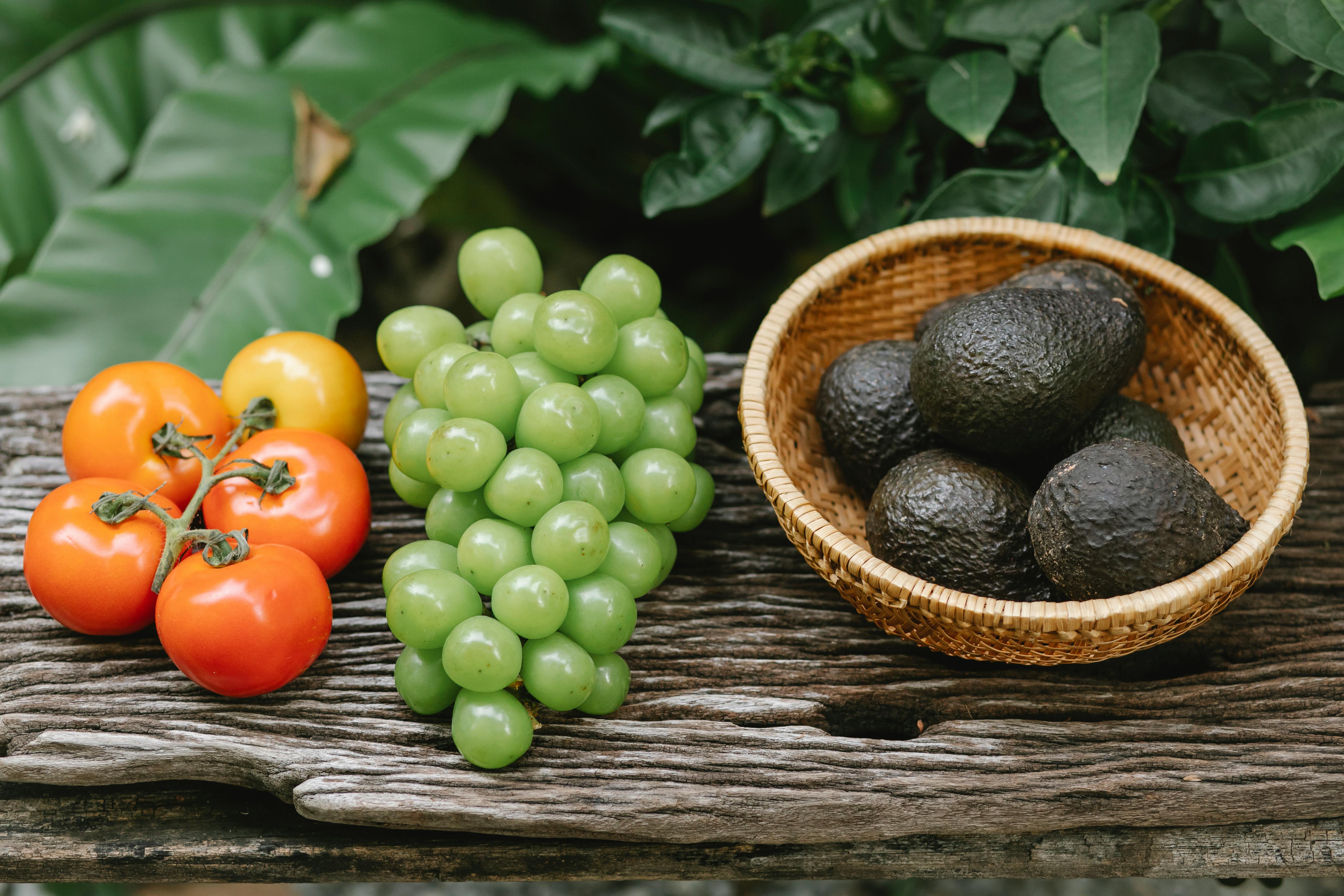Stainless Steel Waterless or Nonstick Cookware: Which Is the Best Option?
I love to cook, but it is also important to me that the meals I serve my family are nutritious and healthy. I’ve always been comfortable using stainless steel pans, but when it came to frying something on the stovetop, I often turned to nonstick. Now that I’ve started using stainless steel cookware more widely, I wonder why I didn’t make the transition sooner.
In the late 1990s and early 2000s, there were many news reports showing that Teflon cookware released chemicals known as PFO, PFOA (perfluorooctanoic acid), and PFCs into our bodies. There is evidence that this chemical has been linked to cancer in laboratory animals and, in fact, may have caused birth defects in DuPont employees. While DuPont, the primary manufacturer and user of these chemicals, claims these chemicals are safe, DuPont has paid millions of dollars in compensation not only to its employees but also to people living in the immediate vicinity of the Parkensburg factory. . Whether Teflon is completely safe to use in your home is still debatable, as even DuPont’s own experts advise caution when using nonstick items, particularly at high temperatures. Studies indicate that a pan heated to 680 degrees F. (which could take only a few minutes if the pan is left unattended to preheat) releases PFOA. Based on the growing health concerns about nonstick cookware, while initially cheaper to buy, it may not be the best decision in the long run.
After researching both Teflon and stainless steel cookware, I was pleasantly surprised to learn that some of the criticisms of stainless steel cookware are unfounded. It’s true that the initial cost of stainless steel cookware can be steep, with prices ranging from $300 to $2500 for good quality stainless steel cookware. However, one should really consider it an investment that will last a lifetime with proper care. Stainless steel is noted for its durability and ability to resist food acids and alkaline foods as well. The steel is mixed with chromium and nickel to produce a steel that is corrosion resistant, scratch resistant and easy to clean.
The best quality stainless steel waterless cookware is 5-ply (304 surgical stainless steel, aluminum alloy (a bonding agent for heat transfer), pure aluminum for quick and even heat distribution, aluminum alloy aluminum acting as a bonding agent for heat transfer and surgical stainless steel) or 7-layer (304 surgical stainless steel, carbon, 304 surgical stainless steel, aluminum alloy, pure aluminum, aluminum alloy and AISI 430 stainless steel ). These layers allow for even heat flow and durability. Aluminum conducts heat well in the inner layers. However, it wouldn’t be good on the outer shell because it would corrode and get into our food. Stainless steel effectively protects food and kitchen utensils.
Many choose Teflon pans over stainless steel because they believe nonstick pans are easier to clean. However, cooking with stainless steel doesn’t mean food has to stick to the pan. By using quality cookware and following simple instructions, you can prepare a great meal every time. Multi-ply heavy bottom stainless steel cookware provides even heat that, when properly regulated, will not cause food to stick. After preheating the skillet over medium heat, simply place the pieces of meat or poultry in the skillet, brown for 5-7 minutes on one side, then use tongs or a spatula to flip and brown on the other side over medium heat. Same time. . If you try to flip the meat too soon it will stick. However, if you follow the instructions above, the label is minimal and cleanup is easy. With stainless steel, most foods cook on medium to low heat. High heat is not recommended. You will need to familiarize yourself with your stove. Gas stoves allow for more heat control, but since there is so much variation between stoves, it is recommended to start with the lowest temperature.
Waterless (steam controlled) stainless steel cookware offers a whole new dimension to your cooking experience. Your food will not only retain more flavors, but it will be healthier because it will retain 98% of its vitamins and minerals compared to the 58% retention rate of conventional cookware. Because foods are cooked with a minimal amount of water (the natural water contained in most foods provides sufficient moisture), shrinkage is minimal. You will definitely notice how the color, shape and flavor of your food make dining a truly pleasurable experience!
Buying kitchen utensils can be a great investment! So before you make that decision, spend some time researching your options. Weigh the pros and cons of each, and then make an informed decision. You may decide that you are more comfortable wearing Teflon and that is fine. However, if you’ve had your pots and pans for a while, check your surfaces. If they have scratches or start to peel, get rid of them!
